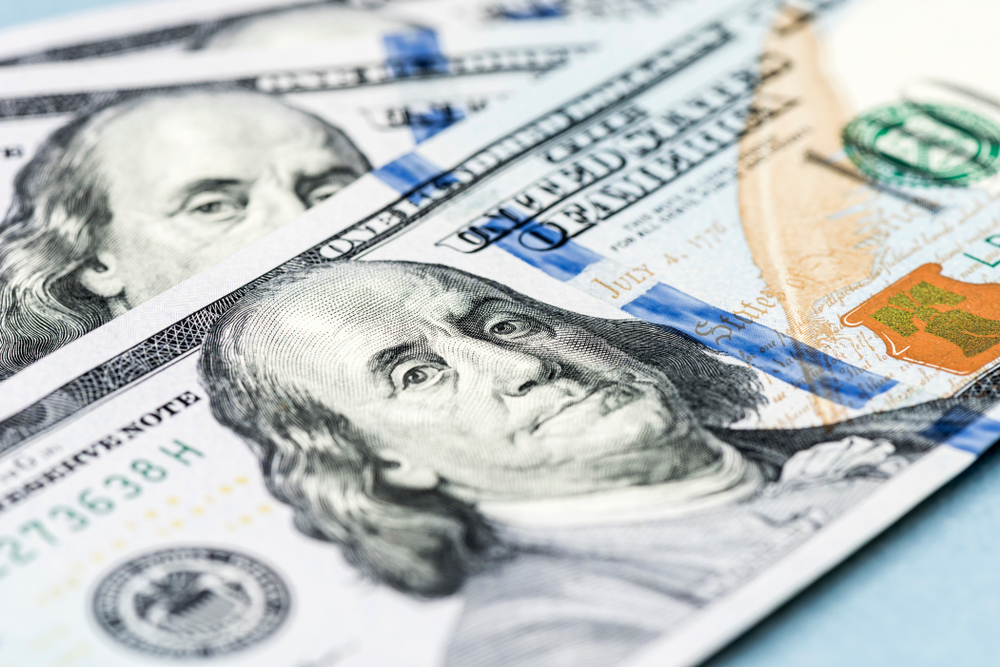The SPX equity index broke through the psychological handle of 3,000 for the first time in its history on Wednesday before Jerome Powell actually delivered his testimony, during the first day of his two-day appearance in front of the finance committee panel up on Capitol Hill. In a deliberately leaked part of his statement and delivery both Powell and the Fed voiced their commitment to lower the base rate in the short to medium term, should the USA economy reveal any signs of weakness.

He voiced concerns over global trade and stressed the Fed would not be influenced by recent encouraging economic metrics for the USA. The previous market consensus for rate rises during the final half of 2019 which had developed after last Friday’s bullish NFP jobs number, was immediately reversed. The minutes of the FOMC meeting held in June also committed and contributed to the current dovish outlook.
Regional Federal Reserve Chairs voiced concerns that uncertainties and downside risks to the outlook for the U.S. economy had increased significantly when they gathered in June, strengthening the case for possible interest-rate cuts. “Many judged additional monetary policy accommodation would be warranted in the near term should these recent developments prove to be sustained and continue to weigh on the economic outlook,’’ according to the minutes of the June 18-19th Federal Open Market Committee meeting released in Washington.
At 20:45pm U.K. time SPX traded up 0.39% with the NASDAQ up 0.73%. Both indices reached intraday and all time highs as did the DJIA. The various indices’ gains came at the expense of the U.S. dollar which sold off sharply after registering significant gains over recent trading sessions. By 20:50pm both USD/CHF and USD/JPY traded down circa -0.37%, crashing through the third level of support. The dollar index DXY traded down -0.38% at 97.12. WTI rose significantly as USA oil inventories reduced dramatically according to DOE data. Price traded up 4.31% breaching R3 and breaking up through the $60 a barrel handle for the first session since late May.
Due to the sell off experienced by USD any corresponding and correlated rises in the euro and sterling versus their peers on Wednesday, have to be taken in context of the dollar’s fall. Economic and market sentiment for the U.K. was improved after the latest GDP figures published by the ONS indicated that growth had accelerated over recent months. The May figure came in at 0.3% propelling the three month growth to 0.3%. Despite the bullish statistics analysts and traders remained mostly unimpressed based on leading data from sources such as IHS Markit, the FTSE 100 closed down -0.08%.
GBP/USD rose by 0.30% to crawl above the 1.250 handle, rising through the first level of resistance, R1, and breaking an eleven day losing streak. Sterling fell versus both JPY and CHF as Japan’s yen and the Swiss franc experienced haven appeal as U.S. dollar strength faded. The euro registered gains versus several peers during Wednesday’s sessions, at 21:30pm U.K. time EUR/USD traded up 0.41% as price traded in a wide bullish daily trend, breaching the third level of resistance. EUR/GBP traded up 0.08% whilst EUR/CHF traded close to flat as did EUR/JPY.
Thursday’s significant economic calendar events includes the latest CPI readings for both Germany and the USA. Both metrics are forecast to come in at 1.6%. For the USA if the figure does fall from 1.8% to 1.6% with May’s reading coming in at 0.00%, it offers up more justification and latitude for the Fed and FOMC to lower the USA key interest rate during the final half of 2019.


